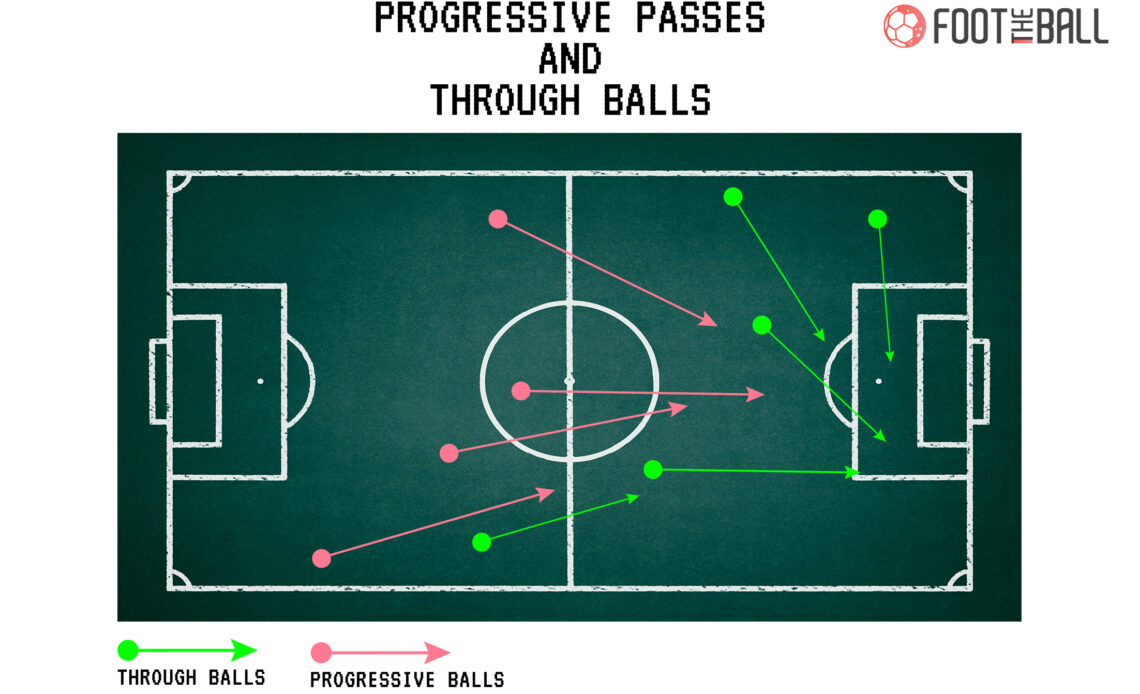When Barcelona created history by winning six trophies in the 2008-09 season, it was seen as a resurgence of the possession-based system. Watching Pep Guardiola’s team just using short progressive passes to play a team out of the game was a mesmerising sight. And what it brought to the fore was the importance of passing.
Barcelona won the La Liga, UEFA Champions League, Copa del Rey, UEFA Super Cup, Supercopa de Espana, UEFA Super Cup, and FIFA Club World Cup. It was an unprecedented feat in the history of football that has only been repeated by Bayern Munich.
But what Barcelona showed was how players with brilliant vision could combine to reach the pinnacle of football with short passes as the base of their play. And it would in turn cause a domino effect that would bring massive changes to the game of football.
Two simple metrics
A player’s contribution in a game is broadly gauged on two broad parameters- on-the-ball and off-the-ball movement. These two are then divided into further statistics. However, like so many things, some statistics were given more importance while some were glossed over. This led to a very rudimentary understanding of the game. Two such metrics were progressive passing and through balls.
We have other metrics like Passes Allowed per Defensive Action (PPDA), which measures how aggressive a team’s pressing is. Another metric is the Expected Offensive Value Added (xOVA)which measures a player’s actual offensive contribution.
However, any attacking metric in one way or other is based on some base metrics. Two of these metrics are progressive passes and through balls.
Progressive Passes
A pass is considered progressive if it fulfils one of the three following conditions:
The distance of the pass is at least 30 metres if it starts and ends in one’s own half.
The distance of the pass is at least 15 metres if the pass begins in the team’s half but ends in the opposition’s half
The distance of the pass is at least 10…
Click Here to Read the Full Original Article at FootTheBall…

